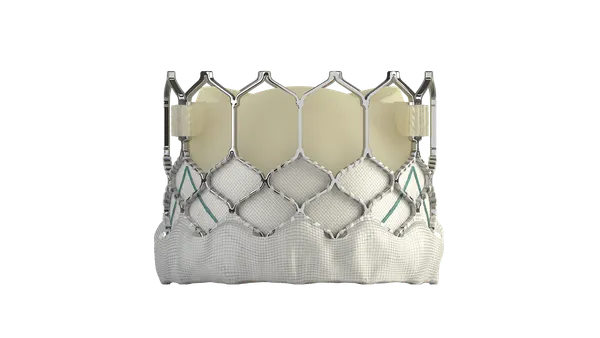Dive Brief:
- Aortic stent grafts are on track to becoming a $4.5 billion global market over the next decade, propelled by advances in product design, according to a new report by GlobalData.
- The data and analytics company forecasts the market will expand at a compound annual growth rate (CAGR) of 5.4% between 2018 and 2028, with abdominal aortic stent grafts leading the way. The segment is expected to reach $2.8 billion globally in 10 years, due to a higher prevalence of abdominal aortic aneurysms (AAA) relative to thoracic abdominal aneurysms.
- Obstacles to market growth include the high cost of aortic stent graft devices and a lack of long-term outcome benefits compared to open aortic repair, GlobalData said.
Dive Insight:
An aortic aneurysm is a bulge in the aorta, the large artery that carries blood from the heart through the chest and torso, that can leak or rupture due to weakening. An abdominal aortic aneurysm (AAA) occurs below the chest, while a thoracic aortic aneurysm is in the chest. Nearly 10,000 people died from aortic aneurysms in 2014 in the United States, according to the Centers for Disease Control and Prevention.
The traditional method of repairing an aortic aneurysm is open surgery in which tubes made of artificial material are positioned inside the aorta and sewn in above and below the bulging section.
A newer, minimally invasive approach called endovascular grafting is increasingly being used to repair aortic aneurysms. For this procedure, a catheter is inserted into the blood vessels using a small incision in the groin and delivers a stent graft to the site of the aneurysm. The graft is then expanded inside the aorta and fastened in place.
One medical device maker doing a lot of work in the area of stent grafts is Medtronic. The company’s Valiant Navion stent graft system this week gained FDA approval for use in a study of fenestrated endovascular aneurysm repair for a complex form of abdominal aortic aneurysm. A fenestrated endograft is a procedure for AAA patients whose aneurysms are too close to the arteries that branch off to the kidneys for traditional endovascular aneurysm repair.
"Advances in stent graft design, such as with fenestrated and branched endografts, continue to expand the eligible patient pool for endovascular repair by addressing increasingly complex aneurysm anatomies," David Brown, medical device analyst at GlobalData, said in a press release.
Brown said abdominal aortic stent grafts are expected to remain the largest segment of the global aortic stent graft market, but growth in thoracic aneurysm repair is also expected due to advances in stent design and hybrid procedure approaches.
The Asia Pacific is expected to be one of the fastest-growing regions for aortic stent graft growth at a CAGR of 6.7% during the forecast period, with North America increasing at a rate of 4.9% and Europe at 4.6%, GlobalData said. The growth rates compare with a recent forecast from Moody’s Investors Service for the overall U.S. medical device industry to post earnings growth in the range of 4.5% to 5.5% in 2019.
GlobalData expects the aortic stent graft will reach a value of $4.5 billion global market by 2028. By comparison, another closely watched medical device growth segment, transcatheter aortic valve replacement, could hit $7 billion by 2024, valve maker Edwards Lifesciences predicted earlier this month.










